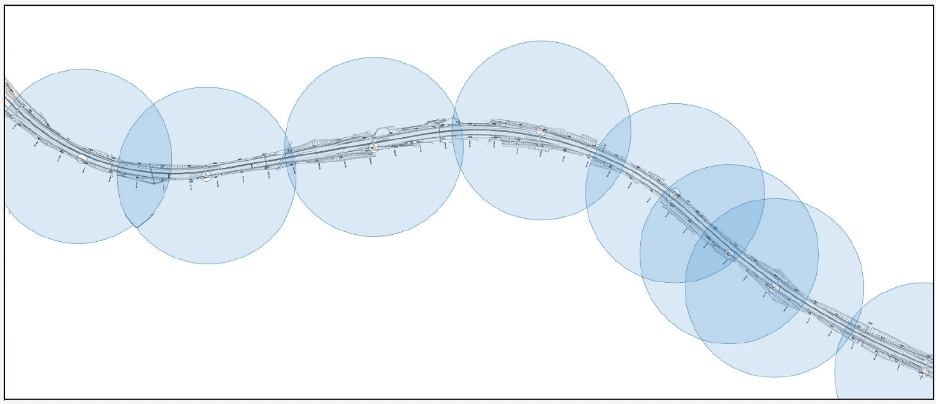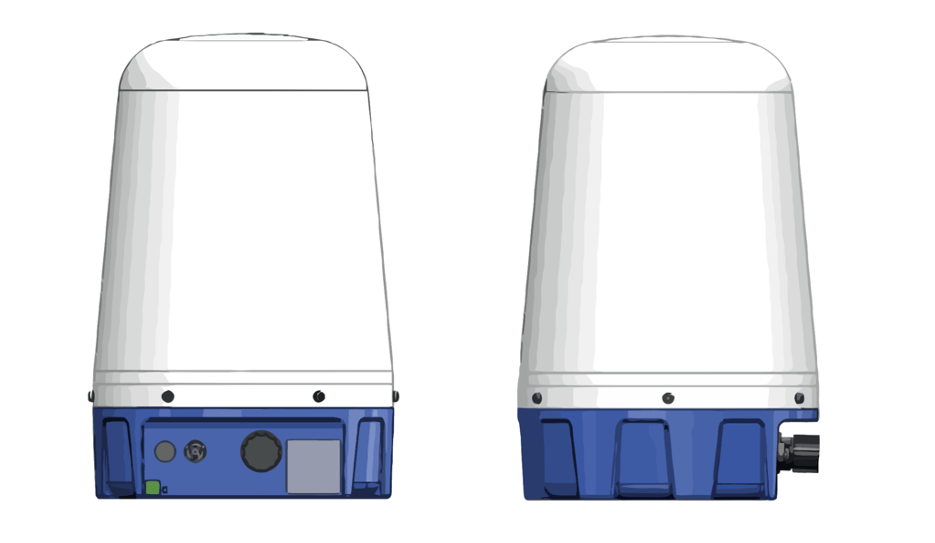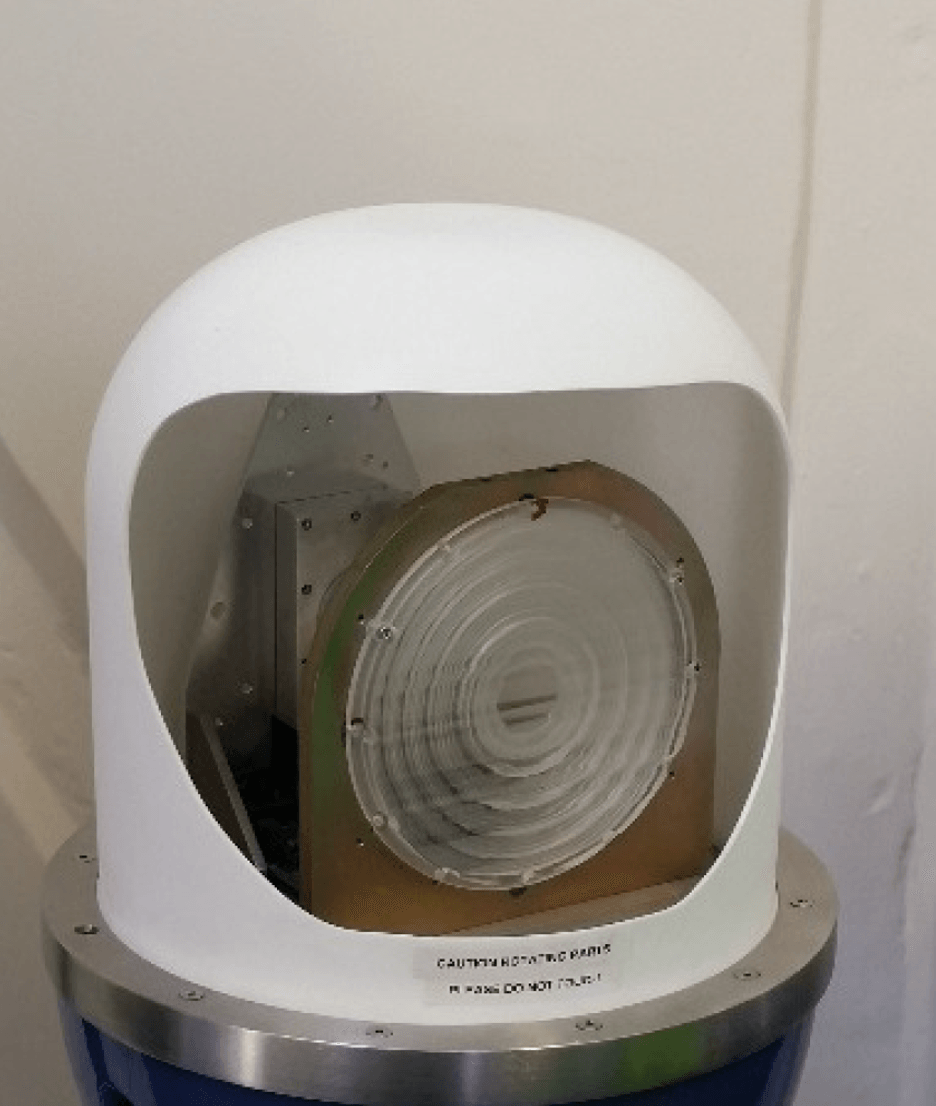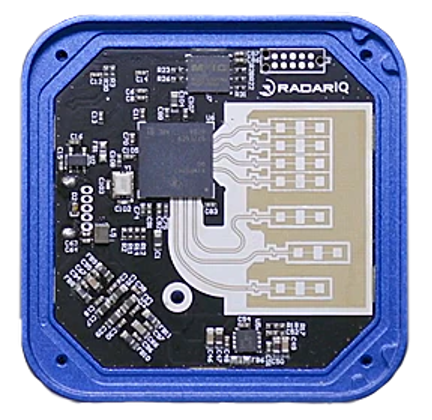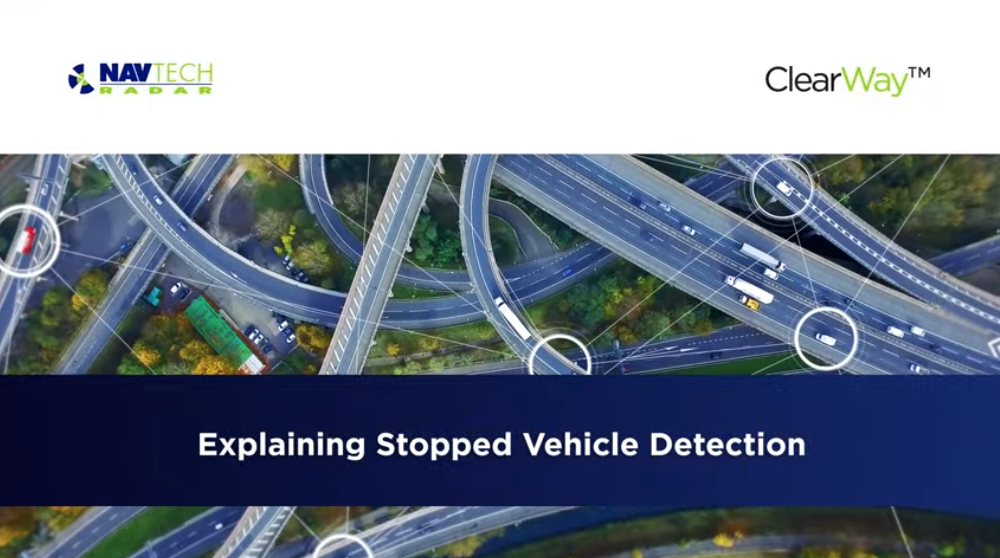Unprecedented NZ Motorway Radar
Date: August 4, 2022
The Transmission Gully Motorway has a ‘first of its kind in NZ’ radar system [1].This system enables the operations team to respond to events immediately, 24/7, and uses radar sensors to monitor the motorway at all times for incidents which require a response. The system has 100% coverage of the 28 km motorway, which could quite possibly make Transmission Gully one of the safest stretches of motorway in New Zealand [2].
These radar sensors, together with conventional monitoring systems like CCTV cameras, form an effective Intelligent Transport System (ITS) to ensure the Transmission Gully motorway meets the highest safety standards.
CCTV cameras, mounted at key points, can be directed by operators to look in the direction of a radar detected event to assess the degree to which the Incident Response Team must react and/or co-ordinate with emergency services.
Systems like this are used widely in Europe but are new to New Zealand. They’re a proven technology and we’re excited to see them integrated on more NZ motorways.
How does an ITS Radar System work?
The process by which an ITS system responds to an event is as follows [3]:
- The radar system detects an anomaly or a condition which exceeds a pre-set threshold
- The system alerts an operation team who resides in a control room. (This control room is manned 24/7/365 to ensure that events can always be responded to effectively).
- An operator then acknowledges the event in the system to mark it as ‘under investigation’
- The operator would then direct a CCTV camera at the segment of road for which an alert has been generated to assess the nature of the alert.
- Lastly, the operator can decide to trigger the Incident Response Team resolve the issue and/or coordinate with emergency services.
The radar system can detect dangerous events like:
- crashed vehicles
- stopped vehicles
- vehicles traveling in the wrong direction
- obstacles on the road (E.g. Like a box that has fallen off a truck or a fallen tree)
- animals
- pedestrians, or
- any object larger than ~20cm that’s not meant to be there.
The ITS uses a system of individual radar sensors at regular intervals along the side of the motorway, for the entirety of the 28 km length. This ensures there are no dead spots.
Each sensor is mounted on a ~4m pole above the road surface so its view is less likely to be obstructed by vehicles traveling in proximity to it. The specific sensor that was used on this project is the
CTS350-X from NavTech Radar who are based in the UK.
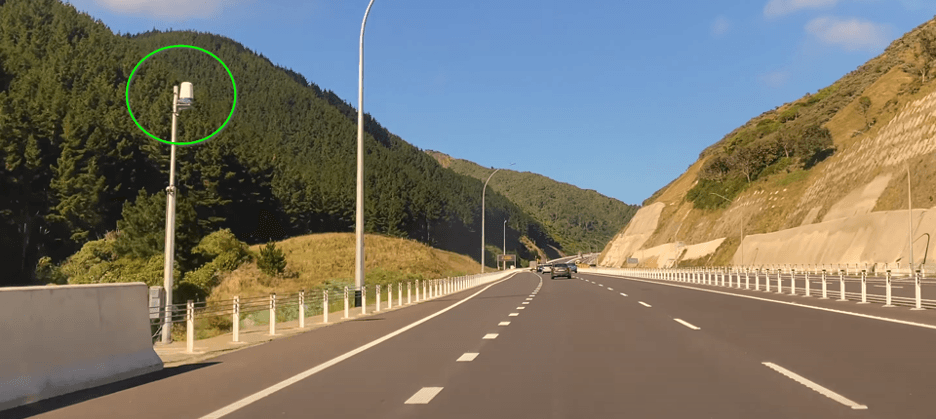
Housed within the white radome is a continuously rotating radar transceiver antenna assembly.
The circular element with concentric marks in the middle of the image is a lens used to collimate the projected radar RF emissions to achieve a beam width of just 1.8°. This ensures the resolution of the sensor is sufficient to sense and discern small objects (>20cm) from the background.
The operating frequency range of the radar transceiver is 76 - 77 GHz. This falls under the mmWave classification as the wavelength is just ~4mm. This is a very similar frequency to the mmWave
radar sensor Beta Solutions developed for
RadarIQ Ltd, where that sensor operates in the 60Ghz range.
Unlike the Navtech sensor, the ‘RadarIQ-M1 Sensor’ is a solid state sensor with no moving parts. It achieves this with an array of RX/TX antennas to form an synthetic aperture to capture depth and velocity data in 2.5 spatial dimensions. The horizontal field of view is 110 degrees while the vertical field of view is just 15 degrees. Hence 2.5 spatial dimensions (2.5D) rather than 3D.
The Navtech sensor achieves 2D sensing using a single radar transceiver (RX/TX) which rotates 360° 4 times per second. NavTech Radar also supplies a ITS software solution which they call ClearWay™. This video demonstrates how their system works to improve motorway safety - Clearway Stopped Vehicle Detection
Conclusion
Only time will tell as to how effective the Clearway system is in improving safety on the Transmission Gully motorway, but we can be sure that with 100% coverage of the 28 km motorway, the motorway traffic and activity is being intensely monitored. We look forward to seeing if the road safety statistics in the years to come reflect the claims made by the road's designers.
We would love to talk to you about any potential new radar product development ideas you may have or any other
R&D electronics
project you may want to pursue. Please do get in touch with us!
References:
- Retrieved from https://www.1news.co.nz/2022/03/30/transmission-gully-does-it-save-wellington-commuters-time/
- Retrieved from https://nzta.govt.nz/projects/wellington-northern-corridor/transmission-gully-motorway/about-the-project/project-news/project-newsletter-october-2021/#radar-system
- Retrieved from https://www.snclavalin.com/~/media/Files/S/SNC-Lavalin/download-centre/en/brochure/main-control-room-mock-up-en.pdf
- Retrieved from https://www.snclavalin.com/~/media/Files/S/SNC-Lavalin/download-centre/en/brochure/main-control-room-mock-up-en.pdf
- Retrieved from https://www.youtube.com/watch?v=i2j3hcX0cco
- Retrieved from https://www.snclavalin.com/~/media/Files/S/SNC-Lavalin/download-centre/en/brochure/main-control-room-mock-up-en.pdf
- Retrieved from https://www.snclavalin.com/~/media/Files/S/SNC-Lavalin/download-centre/en/brochure/main-control-room-mock-up-en.pdf
- Retrieved from https://radariq.io/products/radariq-m1



